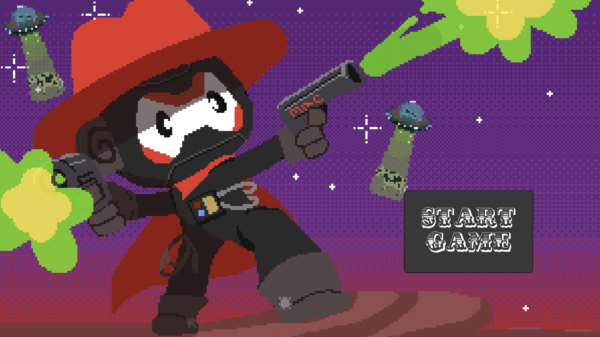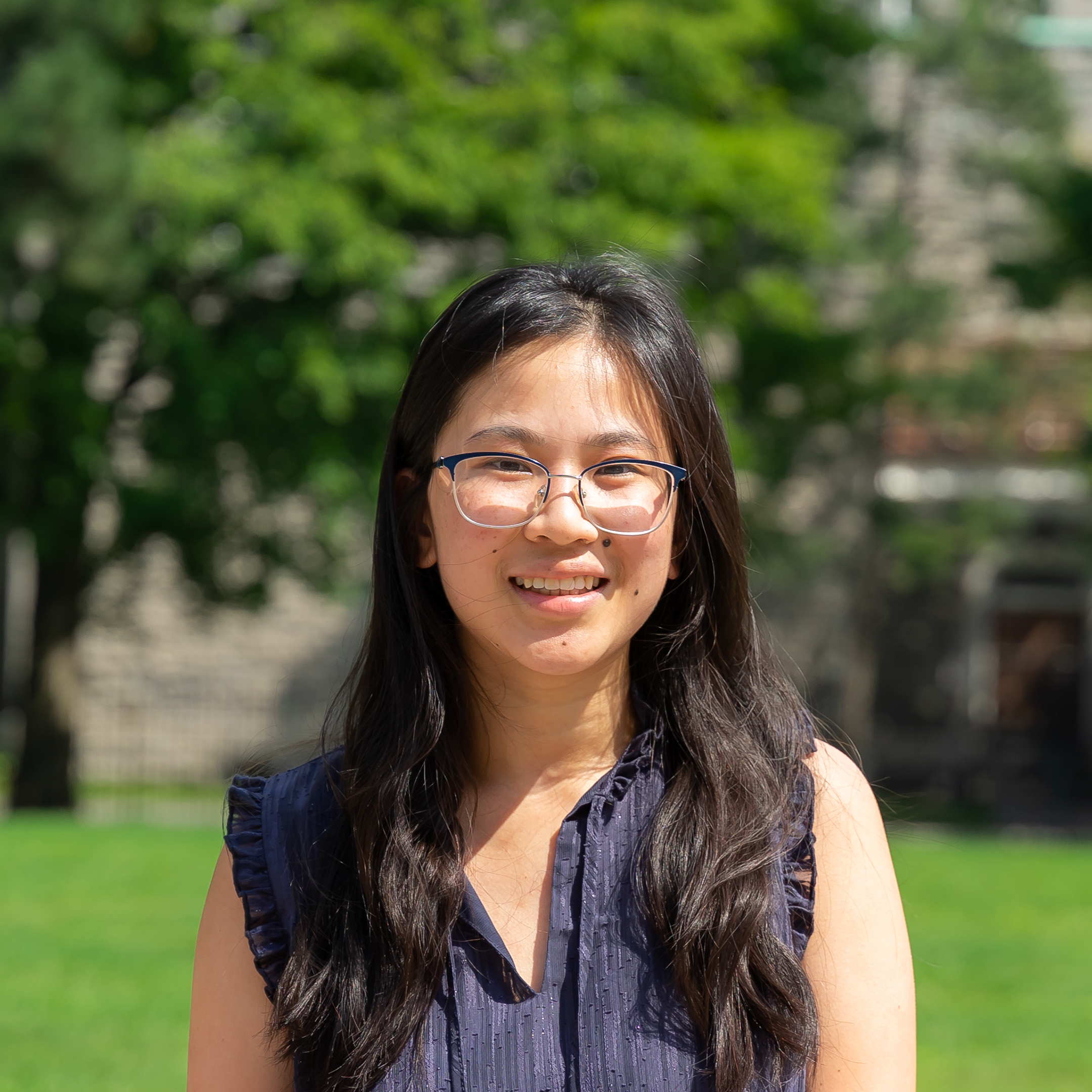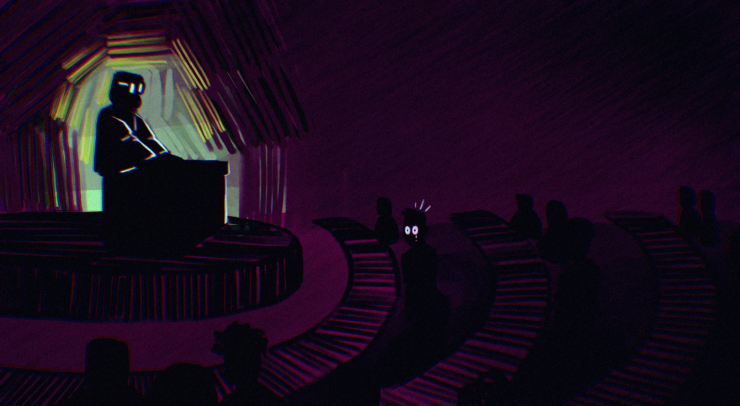GAMER MOMENT
For years kids have wondered, “you got games on your phone?” Albeit an annoying question, but truthfully, who doesn’t love video games? Whether we enjoy the challenge, the fancy graphics, the music, or the story, it comes at no surprise that the U of O Game Development Club (GDC) organizers wanted to encourage students to build their own games from the ground up.
The Fulcrum sat down with fourth-year computer science students Max Gelinas, Shreya Langhe, and Mai Lyn Puittinen to discuss how they revived the once-dusted and forgotten game dev club, and what we can expect from them moving forward.
Game development for dummies
When asked about the game development process, Gelinas answered, “That very much depends on [the type of game you want to make] and the [timeframe given]. If it’s for a game jam (hackathon event) you’d want to get all your ideas out first and pick [the most doable one]. Otherwise, a long-term passion project you can come up with a story first if you’re really adamant on telling one and then base the mechanisms around it.”
He continued, “In my case, I’ll start working on the part I’m most excited about first, which tends to be the gameplay, once I have a good foundation that makes me excited to work on everything else [to] tie it all together.”
In terms of a “professional” approach, Gelinas suggested to first start with a design document—which is what actual developers use to organize their ideas about gameplay, mechanics, aesthetic direction, etc.
Now for music, Puittinen added, “I take inspiration from the art direction, like with Sherya’s visuals I look at the major themes and style to get a sense of the songs that would fit. [I tend to do a lot of research] and I’ll use songs and make my own based on that.”
Similar to music the art direction is crucial for any game Langhe is responsible for not just the character but also the animations, background, props, etc. The art made by Langhe for games, specifically, has been pixel art. “So I used Aesprite, an image editor software. I’ll start with the main character and from there the background and finish off with details about how we want the character to look while jumping and running, etc.”
Events: past, present and future
In December, game dev hosted a “holiday game jam” the online event emulates a mini hackathon where students are given a set amount of time to complete an entire game. The club received five entries and later held a presentation to spotlight the creators’ works and to, of course, play.
Their most recent event (“Got Games?”) was another great success, gathering the most enthusiastic gamers at uOttawa. The workshop served as an introduction to Unity, a game development software, and an opportunity for students to experience working with it. The idea was to have participants finish creating an infinite runner game titled MAC Quest created by Gelinas, Langhe and Puittinen. If you happened to miss the event, you can watch the recording on Twitch. The GDC has plans to add more workshops to further help students break into the development scene without any fears or hesitations.

Impactful games for club organizers
For Langhe, it was less so about the games themselves but rather the gameplays. Growing up, she preferred watching YouTubers like Pewdiepie and Markiplier play through games, instead. This provides another option for enthusiasts who may not be as skilled in games to still take part in the fun. This is especially exciting when it’s a heavily story-driven game like The Last of Us, Detroit Become Human, or Red Dead Redemption.
Puittinen didn’t find herself growing up with video games, however, “the storytelling aspect of games is really interesting, and when I was younger, I wanted to be an author. So this is just another medium of that. Just from observing the amount of creativity that goes into game [development], as someone with very little background, it’s really inspiring to see the crazy original ideas emerge.”
Gelinas said, “I’ve had phases with different games throughout my life and a lot of them have contributed to the type of games I like making nowadays. For example, I played a lot of Team Fortress 2, which heavily influenced and inspired me to make my game Monkey Fight. Both Team Fortress 2 and Monkey Fight are first-person shooter types, but also encapsulate a very cartoonish and goofy style. An aspect that [I] find very appealing in terms of ascetics.”
“In terms of passion [projects] my number one inspiration is Noita, where you essentially play as a little wizard, but the game itself is a huge technical marvel, because it has its own physics engine where every single pixel on the screen is simulated as its own physics entity,” added Gelinas. “It’s really technically impressive. There’s a whole spell-casting system that’s very dynamic.”
The main draw was that the story itself was very alluring and mysterious, since it’s based on Finnish folklore and it’s “the type of game where nothing is explained to you.” The world itself is dynamic, and it feels like a real lived-in place for you to explore.
For more information about Game Dev, visit their Instagram here.






